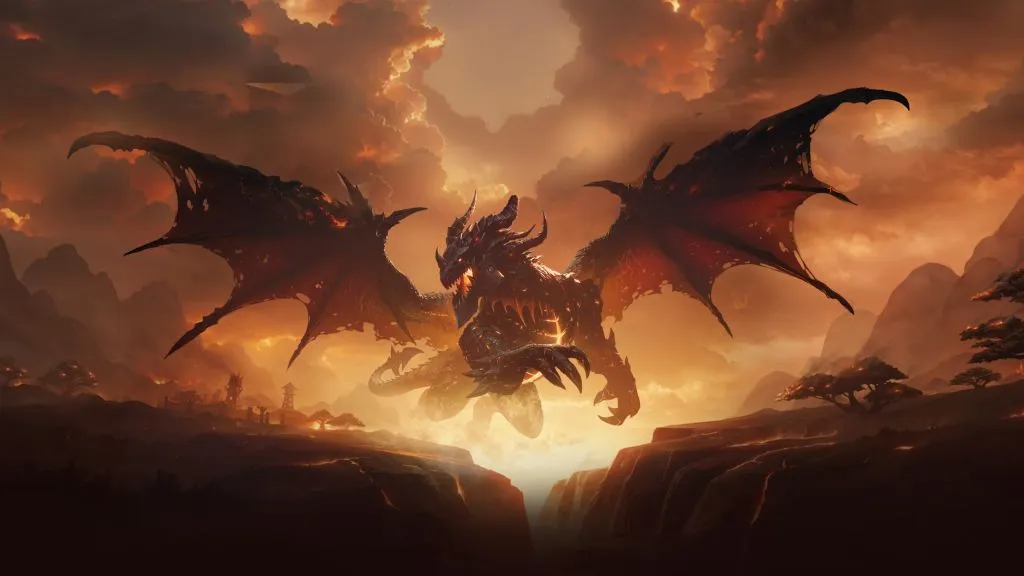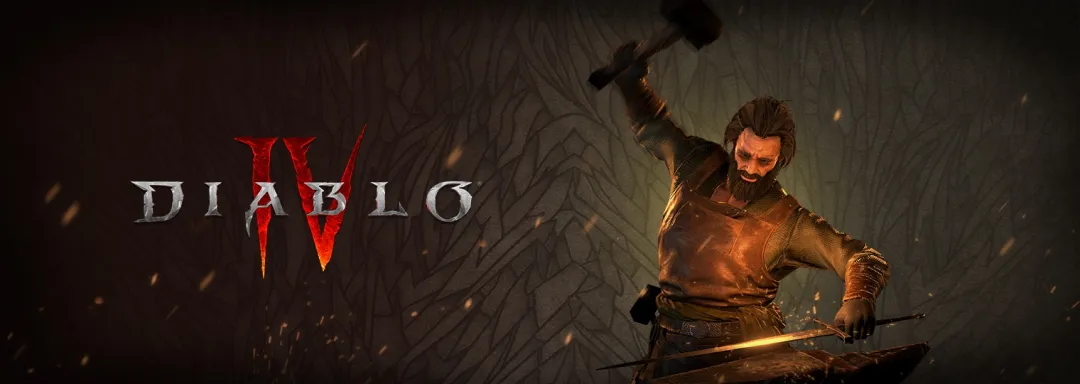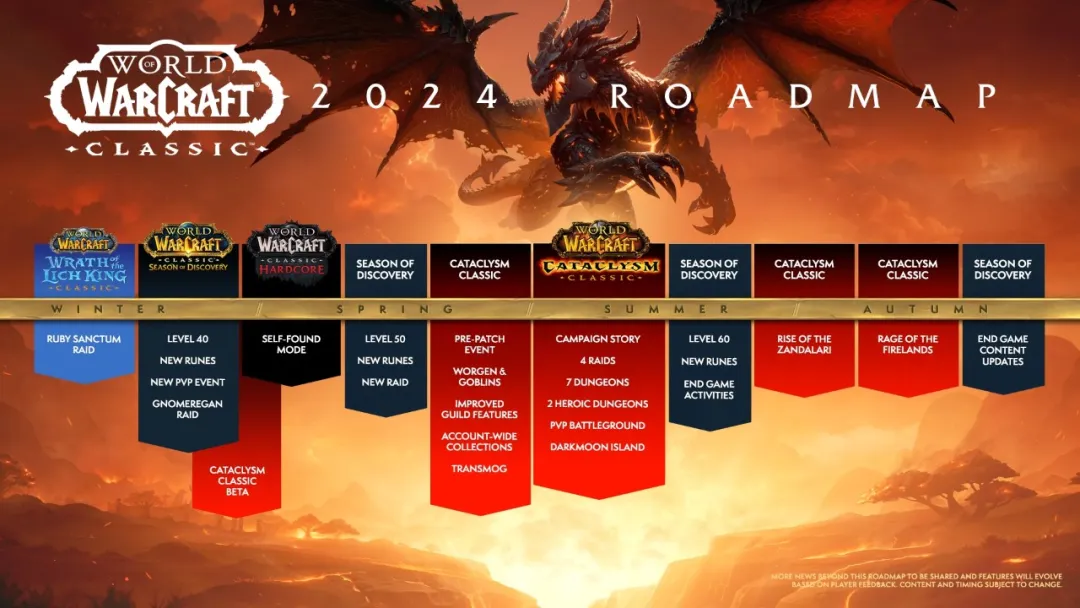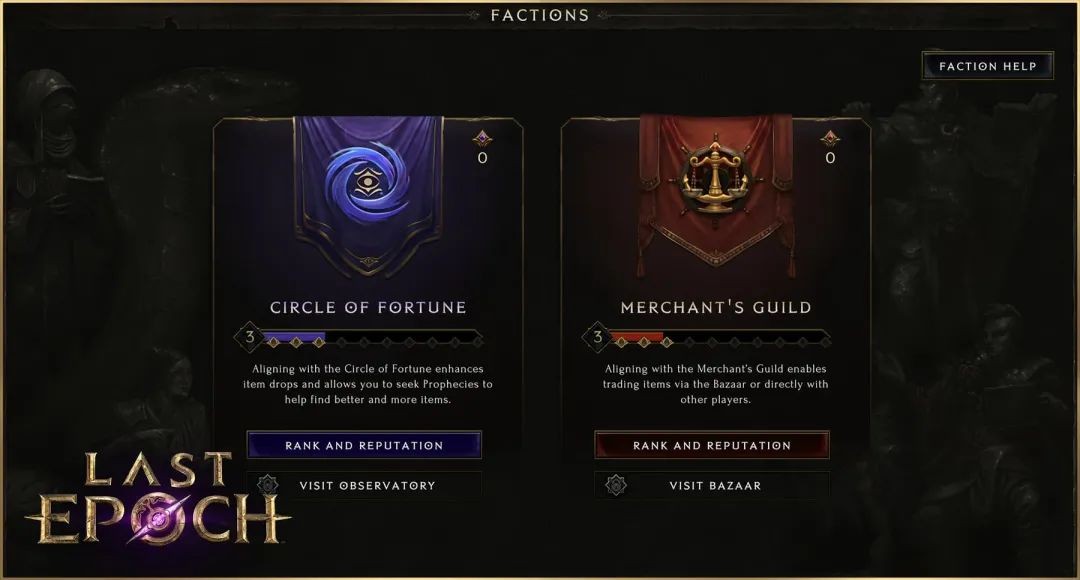
This guide was originally posted on TKA Something, a fantastic hunter resource which unfortunately no longer exists.
Q: Where does Attack Power come from?
When it comes to hunter shots, the Attack Power or (AP) I will talk about is Ranged Attack Power. Your AP can be boosted by items with +Agility and items with +Attack Power. For every +1 to Agility, you will gain +2 Ranged Attack Power (in addition to other benefits). For clarity:
1 Agi = 2 AP
Q: What does Attack Power do?
Attack Power is a stat that boosts the damage of your physical attacks. The AP bonus is added to each attack based on the speed of the weapon used. The general rule is this:
14 AP = 1 DPS
This means that if you have 14 attack power, and a weapon with 1.0 speed, you will get +1 damage on each attack. Because the bonus is to DPS, not damage, it will scale up with the speed of your weapon. For instance:
Bonus from 28 AP = 2.0 DPS
1.0 speed bow: +2 damage per shot
2.0 speed bow: +4 damage per shot
3.0 speed bow: +6 damage per shot
In general, you can determine your per-shot bonus from attack power using the following formula:
Per-Shot Bonus = (Weapon Speed) * (Attack Power) / 14
NOTE: You may observe that this formula of 14:1 differs for your character when you check your ‘DPS’ in-game. This discrepancy is caused by the haste from your quiver or items
Q: What does weapon speed mean to my bow?
There are four major areas impacted by the weapon speed of your bow. These are:
- Ammo Usage
- Aggro in PVE
- Scope Bonus
- Aimed Shot/Multi-Shot Damage
Ammo Usage
The faster the weapon, the more ammunition (ammo) you will use to do the same amount of damage with your auto-shot. So, in a given time period, if you have a 1.5 speed bow, you will use twice as much ammo on auto-shot as you would have with a bow with 3.0 speed. Therefore, a faster bow will cost you more money in ammo.
Aggro in PVE
Given two bows with equal dps, the faster bow will tend to create less mob hate than a slower bow. Aimed Shot and Multishot aside, the bows will do the same amount of damage over time, but auto-shot damage will come in bigger “chunks” (spaced further apart) with the slower bow. This is usually not a major factor but it deserves mention. A faster bow will make you less likely to steal aggro than a slower bow.
Scope Bonus
The damage bonus from a scope is applied per shot, so a faster bow will gain more DPS from the same scope than a slower bow. Consider two bows each having a +5 scope, being fired on auto-shot for 60 seconds:
1.5 speed bow: 40 shots * (+5 damage) = +200 damage
3.0 speed bow: 20 shots * (+5 damage) = +100 damage
Aimed Shot/Multi-Shot Damage
Aimed Shot and Multi-Shot are both based on the per-shot damage of your bow, but because Aimed Shot is mainly a one-time event and Multi-Shot has a cooldown which prevents spamming, they are comparable shots regardless of your weapon speed. Due to the nature of attack power, however, a slower weapon will average higher damage on these shots than a faster one. Let’s take an example:
Fast Bow: 30dps, 1.5 speed (average per shot: 45 damage)
Slow Bow: 30dps, 3.0 speed (average per shot: 90 damage)
Consider an average Multi-Shot rank 4 (+120 damage) from a player with 1000 AP using Thorium Ammo (17.5 dps).
Weapon: Base + Ammo + Multi-Shot + (Attack Power Bonus) = Average Per Shot
Fast Bow: 45 + (1.5*17.5) + 120 + (1.5*1000/14) = 298 damage
Slow Bow: 90 + (3.0*17.5) + 120 + (3.0*1000/14) = 476 damage
As you can see, the major difference is caused by the fact that attack power contributes more damage per shot to a slower bow (ammo also makes a small difference). The Slow Bow averages 45 higher in base damage per shot, but it gains 107 more damage per shot from attack power. The main conclusion to take away from this is that a slower bow will give you higher damage on Aimed Shot and Multi-Shot.
Q: What difference does the damage range make on my bow?
This question is brought up a lot when Blizzard adjusts the damage ranges on existing bows, and people wonder how it will impact their character. There are a few important areas affected by the damage range of a bow.
Damage Consistency
A bow with a very narrow damage range (for instance 62-64 damage per shot) is an effective tool for testing the impact of various talent builds and equipment configurations. With such a small variation in auto-shot damage, it is easier for a player to notice changes in damage output from stats or talents with a small number of samples.
There is also a parallel with the above topic of Aggro in PVE. A more narrow damage range further limits the largest “chunk” of auto-shot damage you can do vs. a mob, which again lowers your ability to steal aggro from a tank. However, this effect is minor due to the effects of both attack power and armor reduction.
Higher Max Damage or “The Myth of Big Crits”
Many posts can be found on this forum discussing this subject. It is a common misconception that a wide damage range is very important because it really bumps up your MAX damage in an Aimed Shot – leading to bigger “burst damage” for PvP. If we review the numbers on this, you will see that the damage range does not make a very large difference at all in this area.
Above, we clarified the fact that a slower bow will provide the best Aimed Shot performance due to enhanced attack power and ammo bonuses. So let’s consider how a slow bow would perform given a narrow and wide damage range when it comes to MAX damage.
The Contestants
Carapace Spine Crossbow (CSX)
82-124 Damage, Speed 3.30, 31.2 DPS
And, for the sake of argument, a “nerfed” CSX with narrow range:
Narrow Spine Crossbow (NSX)
102-104 Damage, Speed 3.30, 31.2 DPS
First, we’ll lay out the fact that your average damage over several Aimed Shots or Multi-Shots with these two weapons would be identical. The argument given by these “Big Max” proponents is that the wider range is a big boost because you can get much bigger crits on the high end, thus bursting your PvP opponent into oblivion. Let’s try to figure out some numbers for a level 60 hunter talented for max damage and with pretty good gear.
Aimed Shot: +600 Damage
Scope: +7 Damage
Attack Power: 1000
Thorium Ammo: 17.5 DPS
Mortal Shots 5/5 (+50% crit bonus)
Ranged Spec 5/5 (+5% ranged damage)
The Calculation
Let’s see if we can develop a formula for the damage on a crit aimed shot given the above. We factor in the Base damage from the weapon, the Scope damage, the Aimed Shot bonus, the Weapon Speed, Ammo DPS and the Attack Power.
Normal Damage = Base + Scope + Aimed + Speed*(AmmoDPS + AttackPower/14)
Crit w/Ranged Spec = 2.5 * 1.05 * Normal Damage
The Results
So, with those numbers in place, we get the follow max crit values for Aimed Shot:
CSX( 82-124): 2.5*1.05*( 124+600+7 + 3.3*(17.5 + 1000/14) ) = 2689 MAX
NSX(102-104): 2.5*1.05*( 104+600+7 + 3.3*(17.5 + 1000/14) ) = 2636 MAX
Looking at those numbers, we can see that the difference in maximum aimed shot damage is in fact quite small despite the drastically reduced damage range of the weapon. Of course, this is all assuming we’re facing a target with 0 armor. What happens if we’re facing a warrior with 50% damage reduction?
CSX : 1345 MAX
NSX : 1318 MAX
The difference just keeps getting smaller as damage reduction goes up. What conclusion can we draw from this? Narrowing the damage range has a minor effect at best on the maximum damage of an aimed shot. For quotables, here it is briefly:
Carapace Spine Crossbow (CSX) – MAX AIMED SHOT 2689
82-124 Damage, Speed 3.30, 31.2 DPS
Imaginary Narrow Spine Crossbow (NSX) – MAX AIMED SHOT 2636
102-104 Damage, Speed 3.30, 31.2 DPS
Burst Damage or “wtfpwning”
You will also hear some people claim that a narrow damage range means a lesser ability to do that critical “burst damage” in PvP. Let’s explore this subject, because it’s always something of a debate.
Someone interested in “burst damage” for PvP will want the slowest weapon possible, for many of the reasons listed above. The damage comes in larger chunks, and you get much better damage on Aimed Shot and Multi-Shot. With this in mind, we will use our CSX and imaginary NSX as examples in this topic as well. They both have a very slow speed (3.30 secs) so they’d be choice weapons for burst damage.
We’ll use a set of three staple attacks for the hunter, and examine what the damage range will do to each element of what we’ll call…
Combo of Doom
Aimed Shot: +600 damage
Multi-Shot: +120 damage
Auto-Shot: Normal Damage
These three shots can be performed in a fairly short span to do some big damage. We’ll save the discussion of how frequently one lands this Combo of Doom for another time. For now, we’ll think of it as the largest “burst” of damage the hunter can do with his bow. We’ll be using the same hunter stats as our ‘Max Aimed Shot’ calculation (i.e. 1000 AP, +7 scope, 17.5 DPS ammo, MS 5/5, RWS 5/5).
Calculation
Damage = 2.5 * 1.05 * (Base + Scope + Bonus + Speed*(AmmoDPS + AttackPower/14))
We’ll use this equation to calculate the damage of an Aimed Shot, Multi-Shot, and Auto-Shot with our two weapons. Of course, all three shots will be critical hits! The results are as follows:
CSX (Base Damage 82-124):
Aimed Shot: 2579-2689 (avg. ~2634)
Multi-Shot: 1319-1430 (avg. ~1374)
Auto-Shot: 1004-1115 (avg. ~1059)
Combo Total: 4902-5233 (avg. ~5067)
NSX (Base Damage 102-104):
Aimed Shot: 2631-2636 (avg. ~2634)
Multi-Shot: 1371-1377 (avg. ~1374)
Auto-Shot: 1056-1062 (avg. ~1059)
Combo Total: 5059-5075 (avg. ~5067)
What does it mean?
The first thing you should notice (of course) is that the average result is always the same between both bows. This is to be expected, as their speed and DPS ratings are identical. The next thing you should notice is that the difference in the max damage is very small between the two bows. With our Combo of Doom, we see a theoretical maximum difference of about 158 damage (BEFORE ARMOR) for the biggest ‘burst’ combo.
Please note that the theoretical maximum gain of 158 damage means 3.1% more damage at best on our super-combo. Reading this, some (including myself) will say, “Wow, it’s not much of a difference”. Others will say, “3.1% seems like a good enough boost to me!” For this second group, I invite you to please consider just how “theoretical” this maximum is:
- You are just as likely to do less damage as you are to do more
- The fewer the crits, the lower the theoretical maximum difference
- After armor, any bonus/loss from base damage is further reduced
With 20% crit chance, you’re looking at .8% chance to crit all three of these shots. Even so, in that best of scenarios, you are looking at a range of +/- up to 158 damage against an enemy with no armor.
Simple Calculation
To check things yourself in the real world, you can use this simple calculation to tell you the peak difference that your damage range could make per shot (on the same weapon). This is assuming RWS and MS talents maxed. The base values would be 1/shot, 2/crit.
Difference of 1 in base weapon damage:
+/- 1.05 damage per shot
+/- 2.625 damage per crit
For our example, the CSX (82-124) has at best 20 more damage than our NSX (102-104) because 124-104 = 20. So any given crit could do at most 20*2.625 = 52.5 more damage. Again, this is all before armor reduction. Against a warrior you can expect to see any difference cut in half. In conclusion, I believe the numbers speak for themselves. A narrower damage range has negligible impact on your burst damage capability.
Comments
From Stormcaller of Mannoroth:
The gist of this guide is essentially right: +haste% = +DPS%. However, since the point of the guide is combatting misinformation, I’d like to point out that these numbers are not exactly how haste works. Please take this in the spirit with which it was written: a minor correction to a technicality, nothing more.
+X% attack rate means that in the time it normally takes to fire 100 shots, you will instead fire 100+X shots when the haste is included. For example, a 2.0-speed bow will usually fire 100 shots in 200 seconds, but with a 13% quiver equipped, it will instead fire 113 shots in 200 seconds. So, to be technically precise, your numbers would turn out to be:
“2 delay bow now hits at (2/1.5)=1.33 delay for 200 damage.”
“4 delay bow now hits at (4/1.5)=2.67 delay for 400 damage.”
This has been shown several times in the past, most notably during the Paladins’ SotC bugfix/nerf thing a few patches back and on 1.0-speed pets (Spire Spiderling at the time, Broken Tooth would be the equivalent now). Frenzy’s 30% haste bonus brings a 1.0-speed pet down to .77-speed. 1.0/1.3 = .77. This is also why some people are getting 12ish Attack Power for an additional DPS when they test. 14AtkPwr = 1DPS is pre-haste, with the quiver’s haste bonus, it becomes 14AtkPwr = 1.1DPS to 1.15DPS (depending on the quiver/pouch).
An addendum regarding crits:
The difference is in the word increase.
Imagine you hit for 100 damage and have a 0% crit rate. 100 shots would do 10,000 damage. Add 1% crit rate. Now you’re hitting 99 times for 100, and 1 time for 100+150, or a total 10,150. So with 5/5 Mortal Shots, an extra 1% crit adds 150/10,000 = .015 = 1.5% more damage on top of what you already do.
From Imua of Tichondrius:
How does +crit% affect my dps?
Simply put, assuming you have the Mortal Shots skill maxed out (+50% to crits), each additional percentage of crit chance will give you an additional 1.5% to your dps.
Let’s say that you do 100 dps. Your weapon does 100-100 damage and fires at 1.0 speed. You take 100 shots.
With 0% crit chance, you would 10,000 points of damage in 100 shots.
With 1% crit chance, you would hit 99 times for 100, and once for 250. (Crit will double your damage, plus Mortal Shots for additional 50.) Your total damage is now 9,900+250=10,150. Therefore, your dps is now 101.5, or a 1.5% increase.
With 2% crit chance, you would hit 98 times for 100, and twice for 250. Your total damage is now 9,800+500=10,300. Your dps is then 103, or a 3% increase.
So should I get +atk pwr or +crit%?
It depends on your current base dps. The higher it is, the more you stand to benefit from +crit%. The lower it is, the more you gain from +atk pwr.
Take the following extreme examples:
You have 0 dps. Obviously +crit% will not help you at all. However, any atk pwr increase will help your dps.
You have 10,000 dps. +1% crit will add a whopping 150 dps to your total. For a comparable atk pwr, you would need 150*14=2,100 additional.
The long answer involves calculating exactly where you stand with your current dps and determining from both which one is better. Let’s say you are at 110 dps. You must choose between +1% crit or +20 atk pwr. First, let’s look at the crit bonus. At 110 dps, the extra 1% crit will provide you with an additional 1.65 dps. That 1.65 dps translates to 23.1 (1.65×14) atk pwr. As such, you are better off with the +1% crit for this case only. Now let’s say you are at 80 dps. You must again choose between +1% crit or +20 atk pwr. The crit bonus will give you an additional .8 dps. This translates to 11.2 atk pwr. As such, the +atk pwr is better.
To determine the inflection point between +1% crit and +atk pwr, you simply translate the atk pwr to dps and then calculate the comparable increase from +crit. If we take our previous example of +1% crit versus +20 atk pwr, we can see that +20 atk pwr is 1.43 dps (20/14). Take the 1.43 and divide it by 1.5. You will get .95333. That means that 95.33 dps is the inflection point. That is, lower than 95.33 dps, you are better off with atk pwr. Higher than that, you are better off with crit.
From Aet of Durotan:
Defensive effects also play a role in determining your choices of equipment. Remember that even the lowliest mage or priest is likely to have around 20% armor absorption, while tank types will often have upwards of 50% armor absorption. Tank types will often have upwards of +100 Defense skill as well. As armor value goes up, the percentage of physical damage absorbed goes up. The relationship is not linear – as armor value increases, it takes more and more armor value to increase absorption by 1%. This is more than offset by the use of a percentage for armor damage reduction; each percent of reduction is worth more at higher damage levels, because the more damage a character is hit for, the more gets absorbed. This percentage reduction occurs after all offensive modifiers are applied, i.e. the total damage is calculated and then the % absorption is applied.
What this means to Hunters is that the target’s armor must be taken into account when considering how to increase dps from physical attacks versus magical attacks. Armor absorption typically ranges from roughly 10% (poorly-equipped mages and priests, some mobs) to 60% or higher (warriors, paladins, tank elites). Thus, when calculating actual dps, you can assume that your physical damage shots will be reduced by 10% at a minimum, and possibly by a lot more than that – plus, the reduction is a percentage, so it gets worses in absolute terms as you increase your base damage.
For example, lets say my paper doll dps is 150. Against a target with 35% armor absorption, my dps becomes 150 – (150*.35) = 97.5 dps. This means that since 14 attack power = 1 dps disregarding armor, 14 attack power = .65 dps against a 35% armor absorption target, or over 21 attack power per 1 dps. That’s more like the number you should use to estimate real effectiveness, since all targets are armored to one degree or another.
Magical attacks can also be negated by resists, but current itemization highly restricts effect resists. Thus, if possible, adding to your magical damage may be more effective against heavily armored and high +Defense targets (paladins, warriors, high level Elite mobs). Hunters are currently restricted in this area only by itemization (i.e., there isn’t much, and what is available doesn’t add much damage). Zul’Gurub test itemization is a start, although the added damage values are low, and restricted only to Arcane damage.
Increasing your chance to Crit falls into a different category. %Crit is affected by Defense Skill. Essentially, each point of Defense over 300 (at 60) decreases the %Crit chance by .04. Thus, if a warrior has +100 Defense, he will reduce your %Crit chance directly by 4%. +Defense also increases your chance to simply miss, also by .04. Thus, +Defense essentially converts %Crit into %Miss, which is highly effective. This can be countered somewhat by adding +Weapon Skill, but the differences in the availability of the two buffs means that +Weapon Skill can only counteract a small portion of the available +Defense (8-10 is typically the highest available +Weapon Skill). It should also be noted that the level difference between the attacker and the target also affects %Crit (but the actual numbers escape me, and don’t really matter much except against high-level Elite mobs). Mob Defense (non-elite?) is supposedly 5xlevel.
Thus +%Crit is by far the easiest buff to negate with +Defense or mob level+Elite status, in addition to armor resists applied after the Crit has occurred and damage has been calculated. Attack power is more difficult to negate, but by its nature is already highly resistable by certain classes (up to 50% or more) due to itemization, armor skills, and mob group construction. However, given current itemization and shot structure, +Spell Damage is difficult to acquire, so mostly people go on with adding both attack power and %Crit. There is a strong place for +%ToHit modifiers to a certain point (around +5% is believed to be the cap, though little is known about this, particularly in relation to +Defense), simply because hitting, at any amount of damage, is highly preferable to missing in all cases.
I should also note that player preference for slower weapons also is impacted by the ebb and flow of PvP and PvE combat. Often times, you only have time for one shot, and then you are moving again. This is why it is imperative to do as much damage per shot as you can.




